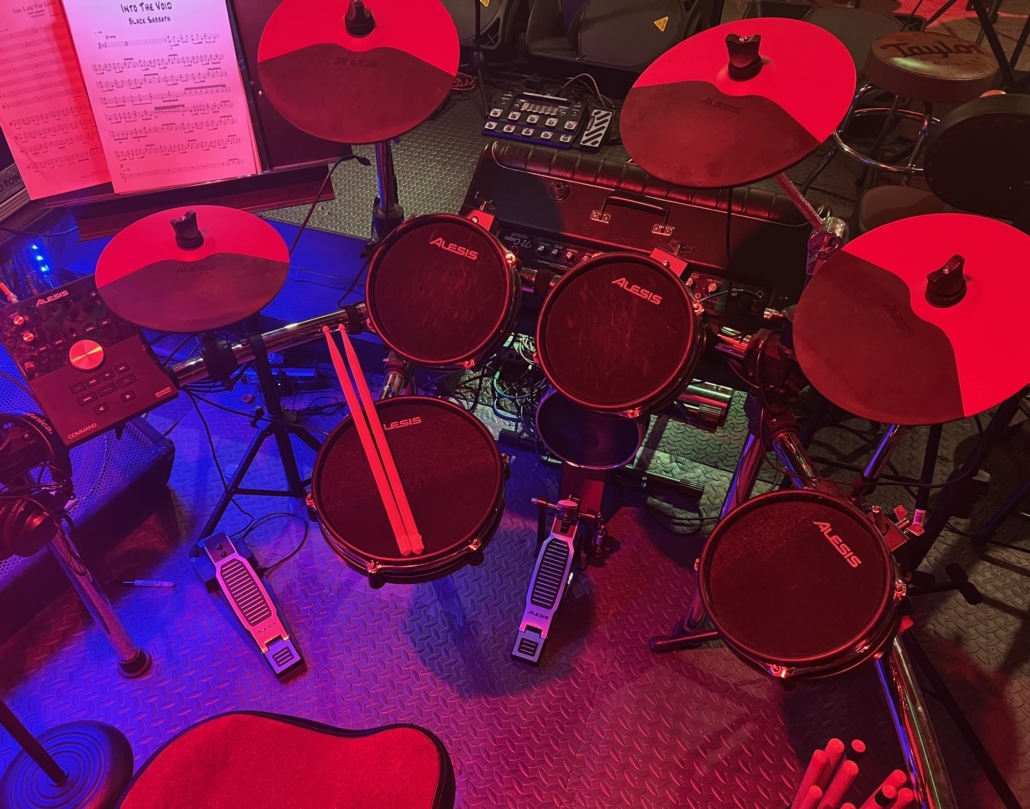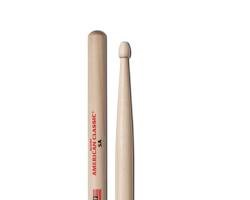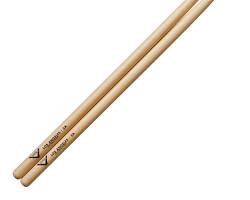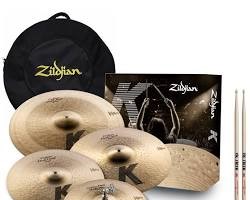From Ukulele to Guitar
From uke to guitar: A fun and easy transition
If you’re already a ukulele player, you’re halfway to becoming a guitar player! The two instruments are very similar, and the skills you’ve learned on the uke will transfer easily to the guitar. I’ll touch on some ideas on how to transition from ukulele to guitar.
What are the similarities between the ukulele and guitar?
- Chord shapes: The chord shapes you’ve learned on the ukulele can be used to play the same chords on the guitar, they just have a different name.
- Strumming patterns: The strumming patterns you use on the ukulele can also be used on the guitar. There are a few more options with 6 strings, but the ukulele patterns work perfectly.
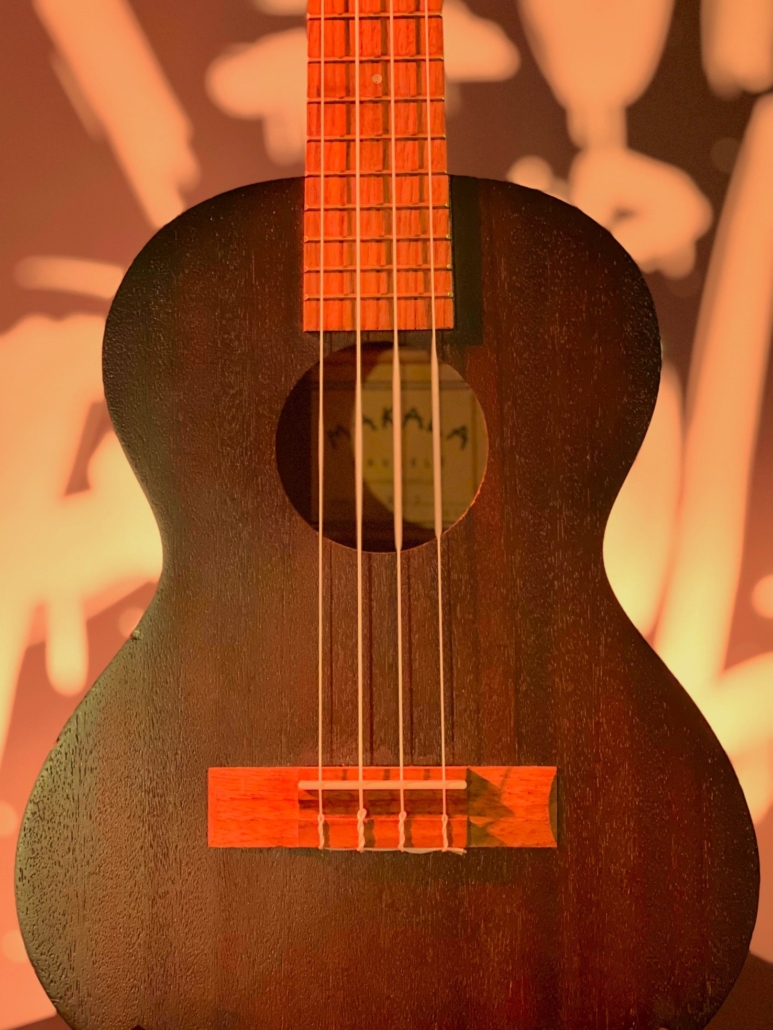
Tenor Ukulele
What are the differences between the ukulele and guitar?
- Size: The guitar is considerably larger than the ukulele, with a longer neck and wider fretboard. This can take some getting used to, but it’s not as difficult as it may seem.
- Number of strings: The guitar generally has six strings, while the ukulele has four. This means that there are more chords and strumming patterns you can learn on the guitar. And if you play a baritone ukulele, the four strings are the same as the guitar.
- Sound: The guitar has a fuller, richer sound than the ukulele. This is because the guitar has a larger body and longer strings.
How to make the transition from ukulele to guitar
- Get a guitar
The first step is to get a guitar. You may want to start with an electric or classical since the strings will be much easier to press down. The electric guitar strings are thinner than an acoustic and the classical guitar uses the nylon strings similar to the ukulele.
There are many different types of guitars available, so it’s important to choose one that’s right for you. If you’re not sure where to start, ask a music teacher for recommendations.
- Learn the open strings
The first thing you need to learn on any fretted instrument are the open strings. These are the notes that the strings produce when you play them without pressing down on any frets. On the guitar, the open strings are E, A, D, G, B, and E.
- Learn the basic chord shapes
Once you know the open strings, you can start learning the names of the chords on the guitar. This should be very easy since the chord shapes are the same as the ukulele but the names are different.
- Learn some strumming patterns
Once you know some basic chord shapes, you can start learning some new strumming patterns. There are many different strumming patterns you can use on the guitar, but there are a few basic patterns that are not possible on the ukulele such as the strum pattern with an alternate bass.
- Practice, practice, practice!
The best way to learn to play the guitar is to practice regularly. Try to practice for at least 20 minutes every other day. Practicing the ukulele songs you already know is the quickest way to get started.
Here are some additional tips for making the transition from ukulele to guitar
- Use a capo: A capo is a device that clamps down on the neck of a guitar and raises the pitch of all of the strings. If you capo at fret 5 on the guitar, the chords will be the exact same as the ukulele on strings 1-4. Pretty cool!
- Find a teacher: If you’re struggling to learn on your own, consider finding a guitar teacher. A good teacher can help you learn the basics of guitar playing and avoid developing bad habits.
Here are some easy songs to learn on guitar:
- Knockin’ on Heaven’s Door by Bob Dylan
- Wonderwall by Oasis
- Hallelujah by Leonard Cohen
- Hey Jude by The Beatles
- I Will Survive by Gloria Gaynor
Final Thoughts
The transition from ukulele to guitar is easier than you might think. With a little practice, you’ll be playing guitar like a pro in no time! Just remember to start with the basics.
Fun fact: Did you know that many famous guitarists started out playing the ukulele? Some examples include Elvis Presley, George Harrison, and Brian May.
If you would like to get some more information on what type of guitar to choose, feel free to contact me, I’d be happy to help!

